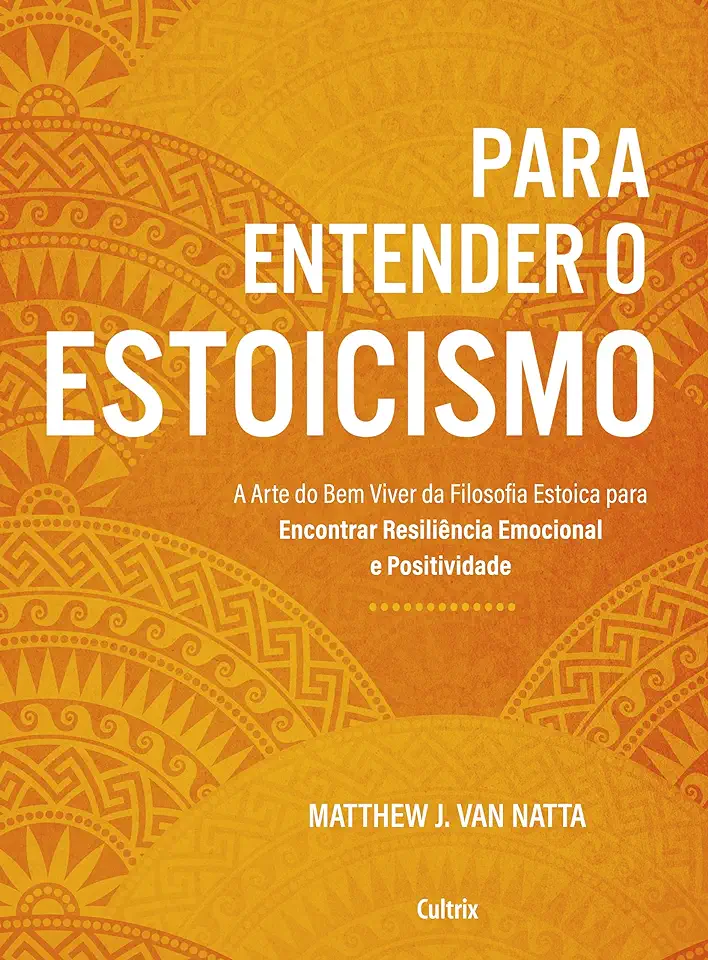
To Understand Stoicism - Matthew J. Van Natta
To Understand Stoicism: A Comprehensive Guide to the Ancient Philosophy of Resilience and Contentment
Introduction
In a world filled with uncertainty and constant change, finding inner peace and resilience can seem like an impossible task. But what if there was a philosophy that could help you navigate life's challenges with grace and wisdom? Enter Stoicism, an ancient philosophy that has stood the test of time, offering practical insights and tools for living a fulfilling and meaningful life.
The Essence of Stoicism
Stoicism is not just a set of abstract ideas; it's a way of life that emphasizes self-control, emotional resilience, and the pursuit of virtue. At its core, Stoicism teaches us to focus on what we can control and let go of what we can't, finding contentment and happiness in the present moment.
Key Stoic Principles
Dichotomy of Control: Stoics make a clear distinction between things that are within our control (our thoughts, actions, and attitudes) and things that are not (external events, other people's actions, and the past). By focusing on what we can control, we can avoid wasting energy on what we can't.
Amor Fati: This concept, often translated as "love of fate," encourages us to accept and embrace whatever life throws our way, seeing challenges as opportunities for growth and self-improvement.
Memento Mori: The awareness of our own mortality serves as a reminder to make the most of each day and live life with purpose and intention.
Virtue as the Highest Good: Stoics believe that the pursuit of virtue is the key to happiness and fulfillment. Virtues such as courage, wisdom, justice, and temperance are seen as essential for living a meaningful life.
Stoicism in Practice
Stoicism is not just a theoretical philosophy; it's a practical guide for everyday living. Here are a few ways to incorporate Stoic principles into your life:
Practice mindfulness and self-awareness: Pay attention to your thoughts, emotions, and reactions, and learn to respond rather than react.
Embrace challenges: See setbacks as opportunities for growth and learning, and focus on what you can control in any situation.
Cultivate gratitude: Take time each day to appreciate the good things in your life, no matter how small.
Live in the present moment: Don't dwell on the past or worry about the future; focus on making the most of each day.
Seek virtue: Strive to develop the virtues that are essential for a fulfilling life, such as courage, wisdom, and compassion.
Why You Should Read "To Understand Stoicism"
"To Understand Stoicism" is a comprehensive and accessible guide to this ancient philosophy, providing a wealth of insights and practical exercises to help you apply Stoic principles to your own life. Whether you're new to Stoicism or looking to deepen your understanding, this book is an invaluable resource for anyone seeking a more resilient and fulfilling life.
Conclusion
In a world that often feels chaotic and unpredictable, Stoicism offers a path to inner peace, resilience, and contentment. By embracing Stoic principles and incorporating them into your daily life, you can cultivate a mindset that allows you to navigate life's challenges with grace and wisdom, finding happiness and fulfillment in the present moment.